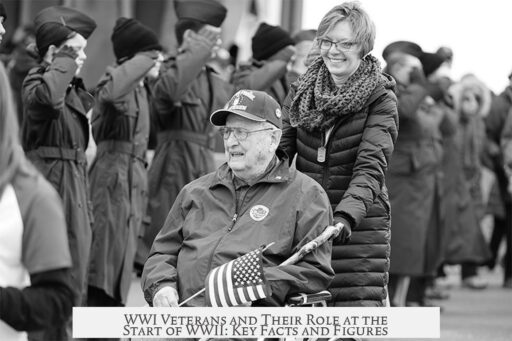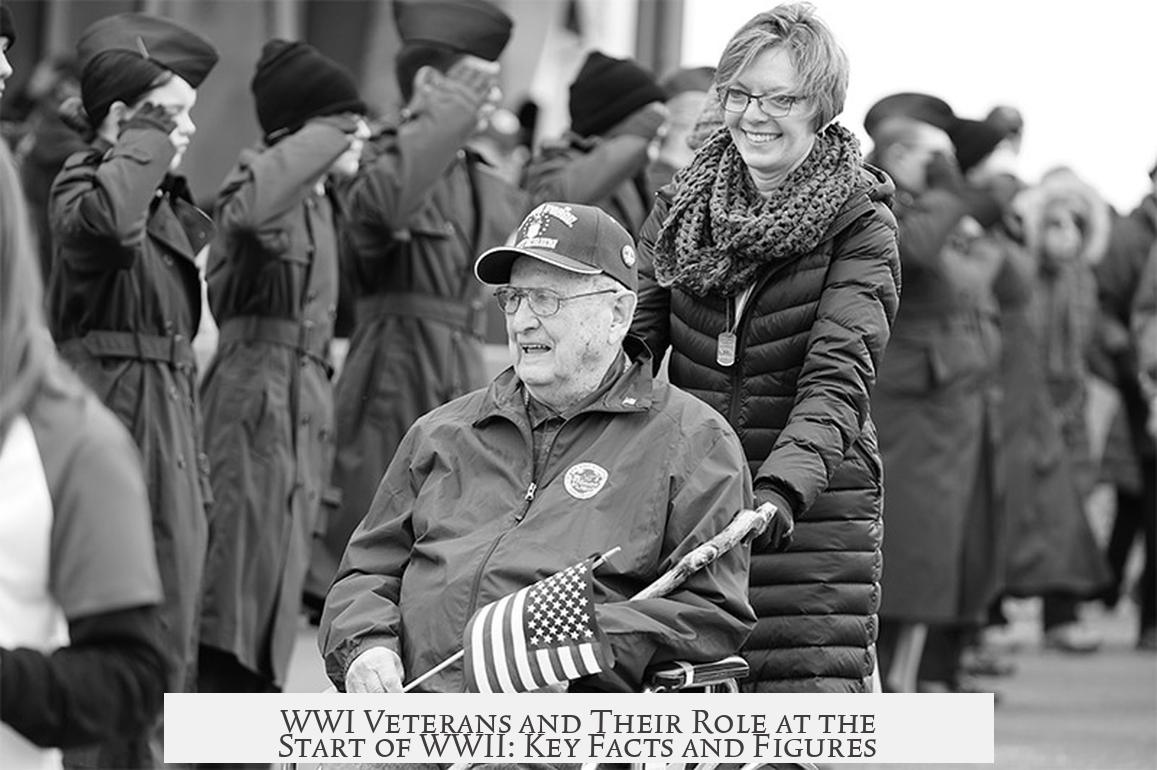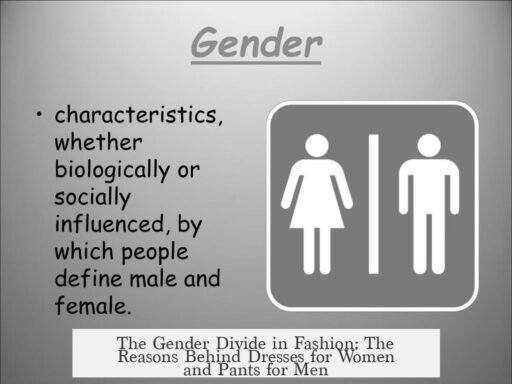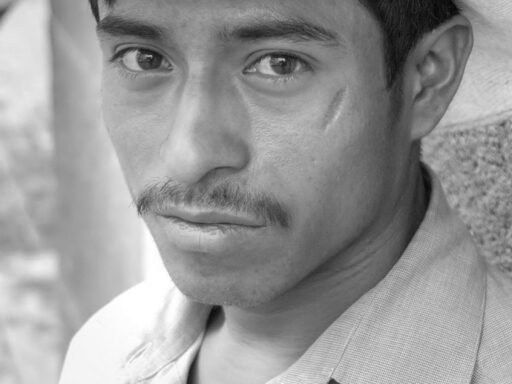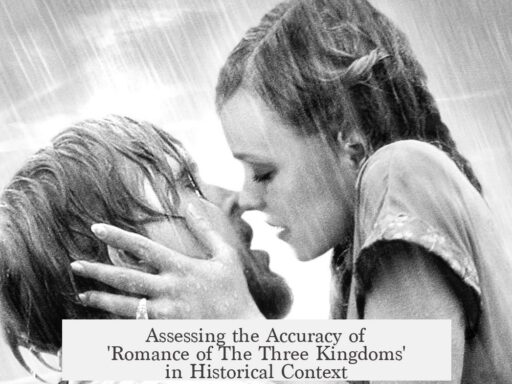Thousands of World War I veterans served during the beginning of World War II, including many senior officers and career soldiers on both Axis and Allied sides. Most prominent generals and commanders in WWII had combat experience from the First World War. Veterans who fought in WWI remained active, shaping military leadership and strategic decisions in WWII. Exact numbers remain unclear but the overlap is well documented.
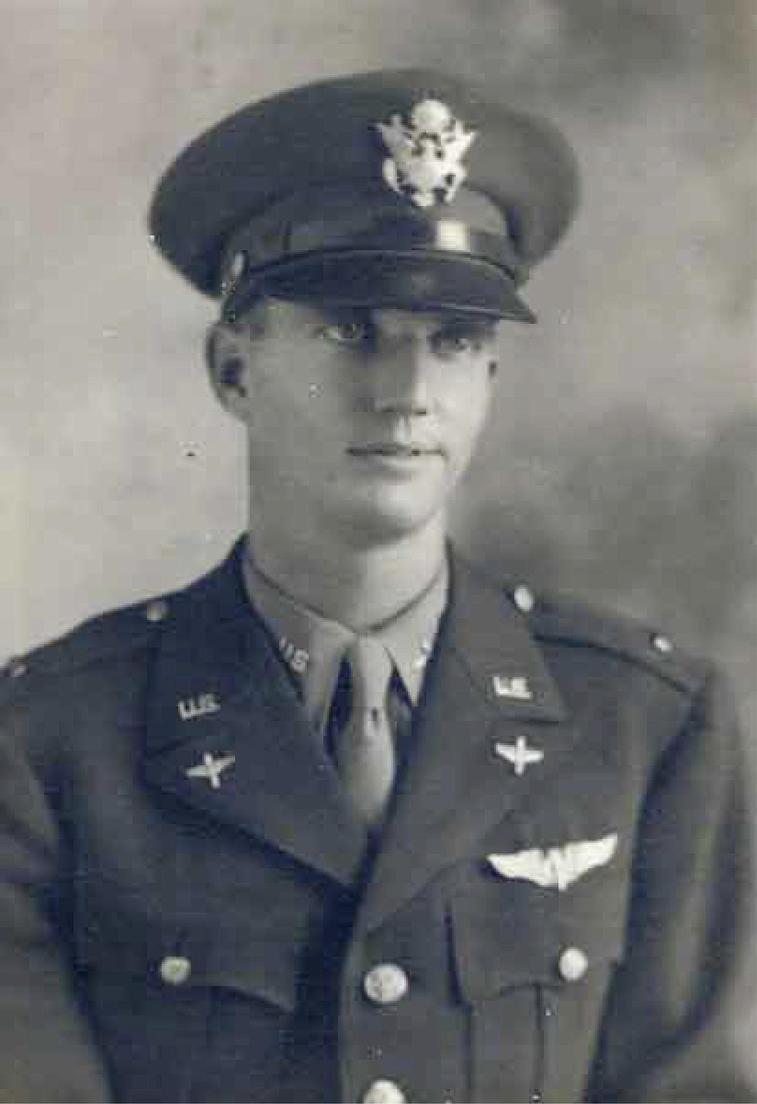
Many soldiers and officers who served in WWI continued their military careers into the Second World War. This continuation applied to both Axis and Allied forces. Veterans provided experience and leadership during the early and critical phases of WWII.
Career soldiers from the years following WWI, such as those active around 1919, were still part of developing armies when hostilities resumed around 1936 with increasing tensions leading to WWII. These professionals formed a crucial backbone for armed forces.
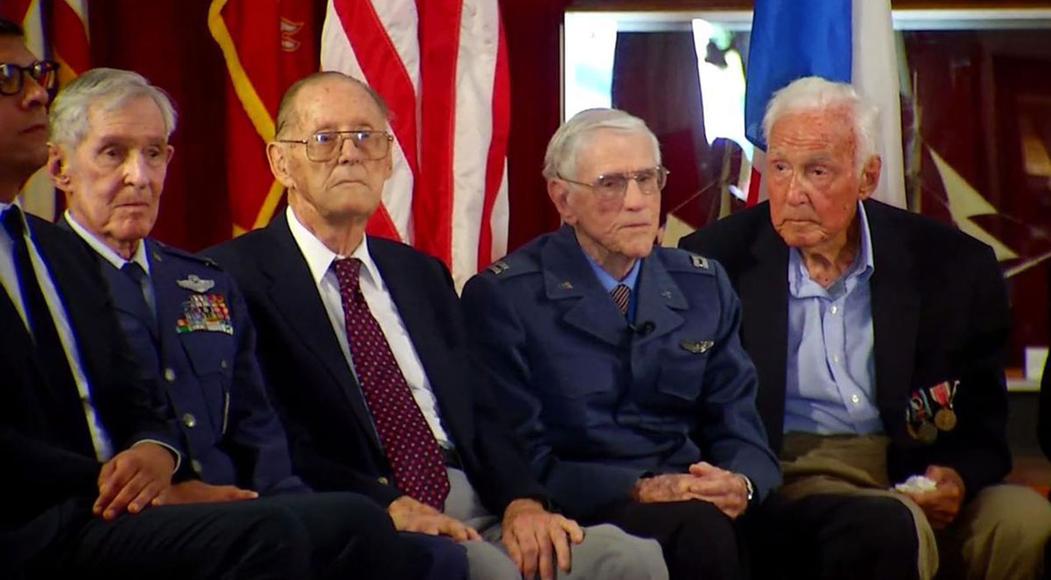
The caliber of leadership in WWII largely stemmed from WWI veterans. Nearly all senior military officers were veterans of the First World War. Their combat experience influenced strategies, command styles, and the conduct of large-scale operations during WWII.
| Notable Axis Leaders in Both Wars | Role in WWI | Role in WWII |
|---|---|---|
| Adolf Hitler | Dispatch runner on Western Front (France, Belgium) | Führer of Nazi Germany |
| Hasso von Manteuffel | Cavalry officer | Panzer General, commander of key armored divisions |
| Karl Doenitz | Lieutenant on U-39, POW | Grand Admiral, Commander in Chief of German Navy, Hitler’s successor |
| Heinz Wilhelm Guderian | Signals officer | Chief of Staff of German Army, commander of XIX Corps |
| Erwin Rommel | Lieutenant in France, Romania, Italy | Commander of 7th Panzer Division, Afrika Korps |
| Fedor von Bock | Battalion commander, 4th Foot Guards Regiment | Field Marshal, commander of several Army Groups |
On the Allied side, many leaders again saw war service in WWI before holding key commands during WWII. Their early combat roles honed their skills for larger, more complex conflicts later on.
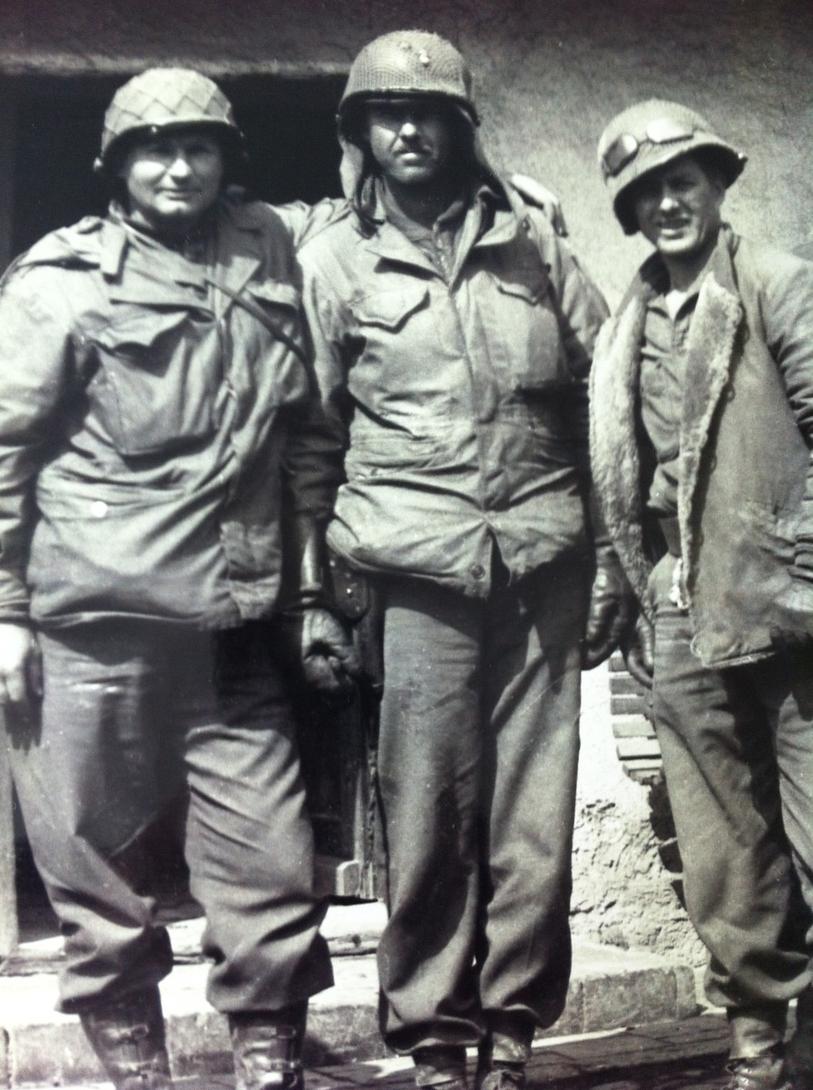
| Notable Allied Leaders in Both Wars | Role in WWI | Role in WWII |
|---|---|---|
| George S. Patton | Led U.S. 1st Provisional Tank Brigade | Led U.S. 2nd Armored Division, Seventh Army, Third Army |
| Douglas MacArthur | Chief of staff, 42nd “Rainbow” Division | Commander in Far East, Supreme Commander Allied Forces |
| Bernard Montgomery | Junior officer, Royal Warwickshire Regiment | Commander British Eighth Army, 21st Army Group |
| Roy Stanley Geiger | Commanded Marine Aviation Squadron | Commanded 1st Marine Aircraft Wing and Fleet Marine Force |
| Mark W. Clark | U.S. Infantry, 5th Infantry Division | Commander US Fifth Army, Fifteenth Army Group |
Finding an exact number of WWI veterans who actively served at the start of WWII proves difficult. Historians note the challenge due to incomplete records and varying definitions of active service during the early months of WWII.
However, the scale of overlap in service across multiple conflicts is substantial. For example, in the U.S. military, millions served in WWII. Nearly a million of those also fought in the Korean War, and hundreds of thousands served in Vietnam. This demonstrates a pattern of extended military careers spanning multiple wars.
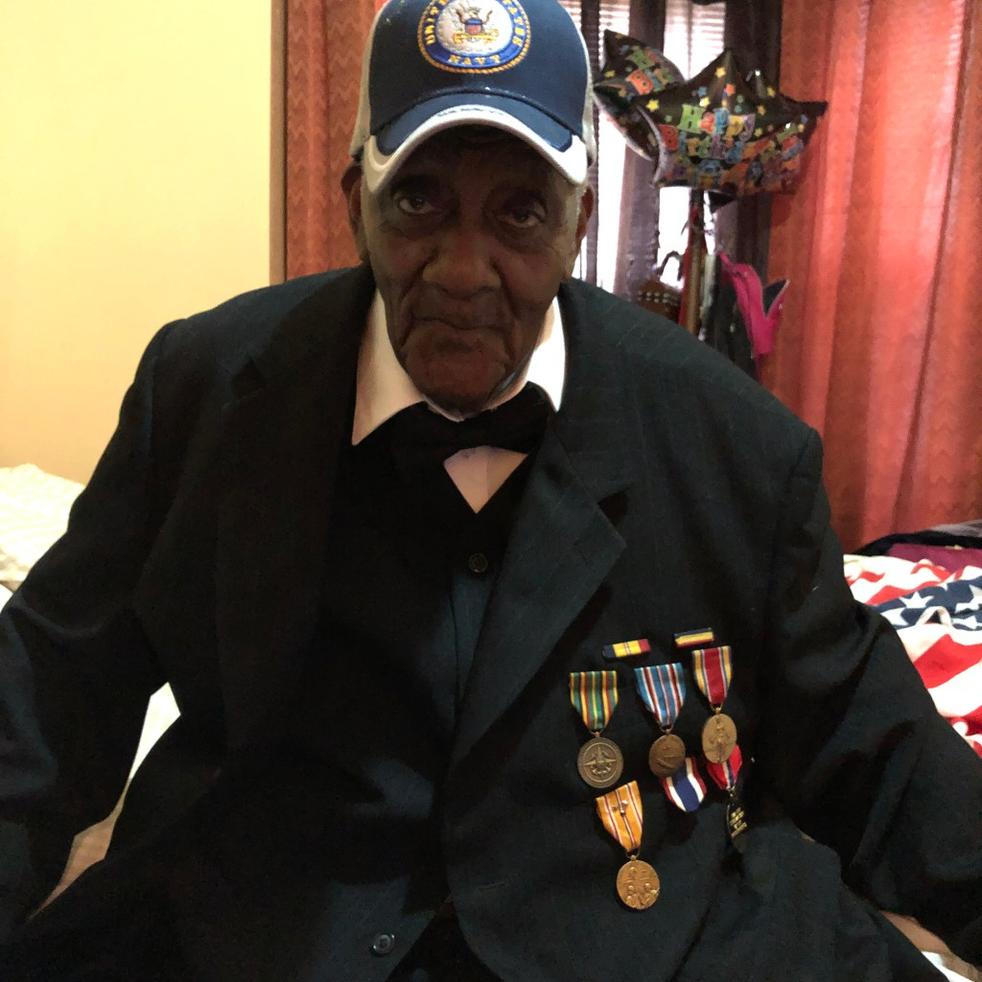
WWI veterans contributed leadership and combat experience essential to early WWII efforts. Their presence shaped military tactics and elevated command structures on both sides.
- Thousands of WWI veterans served at the start of WWII, including top generals and officers.
- Career military personnel from 1919 remained active leading into WWII.
- Key Axis leaders like Hitler, Rommel, and Doenitz had WWI combat experience.
- Notable Allied commanders such as Patton, MacArthur, and Montgomery also served in both wars.
- Exact numbers of WWI veterans in WWII are not precisely known due to record limitations.
- Extended military careers spanning multiple wars were common among veterans.
How Many WWI Veterans Served in the Beginning of WWII?
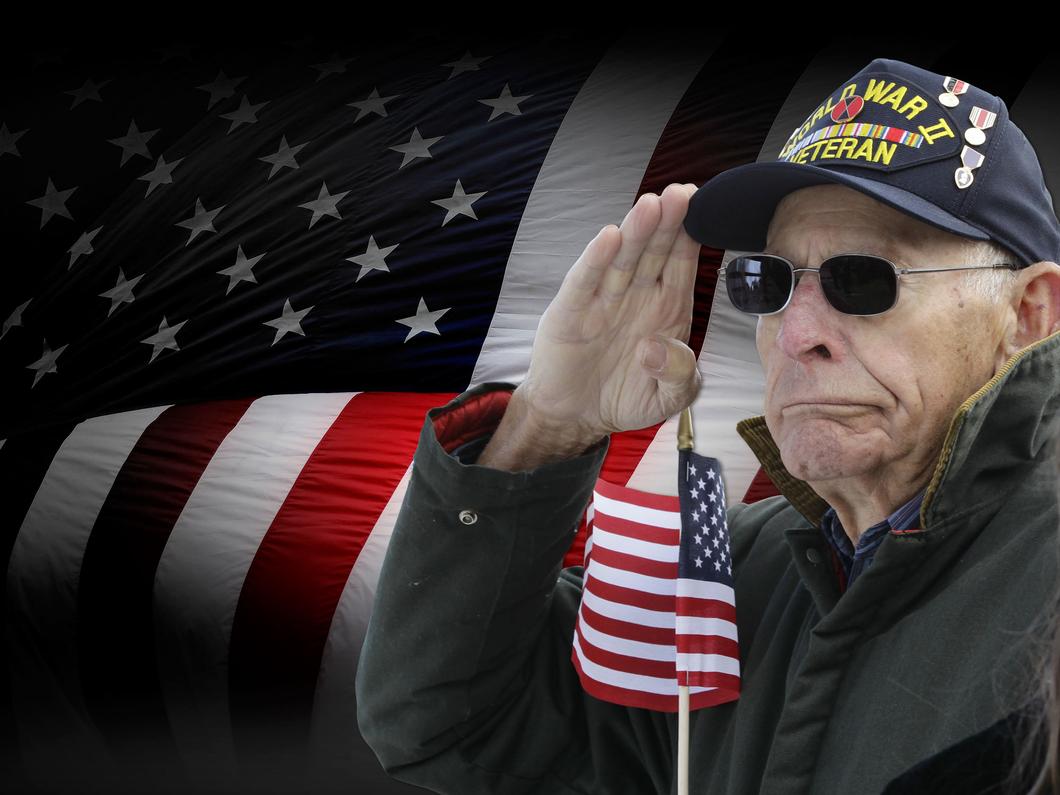
The short answer: Thousands of veterans from World War I served in active roles at the beginning of World War II. Not just in Germany, but across the Axis and Allied forces, many soldiers and senior officers who fought or served in WWI were still in uniform when WWII kicked off in 1939.
But the story goes deeper than just numbers. The presence of WWI veterans in WWII shaped strategies, leadership styles, and the very course of the conflict. Curious how and why these veterans transitioned from one world war to another? Let’s dive into the details.
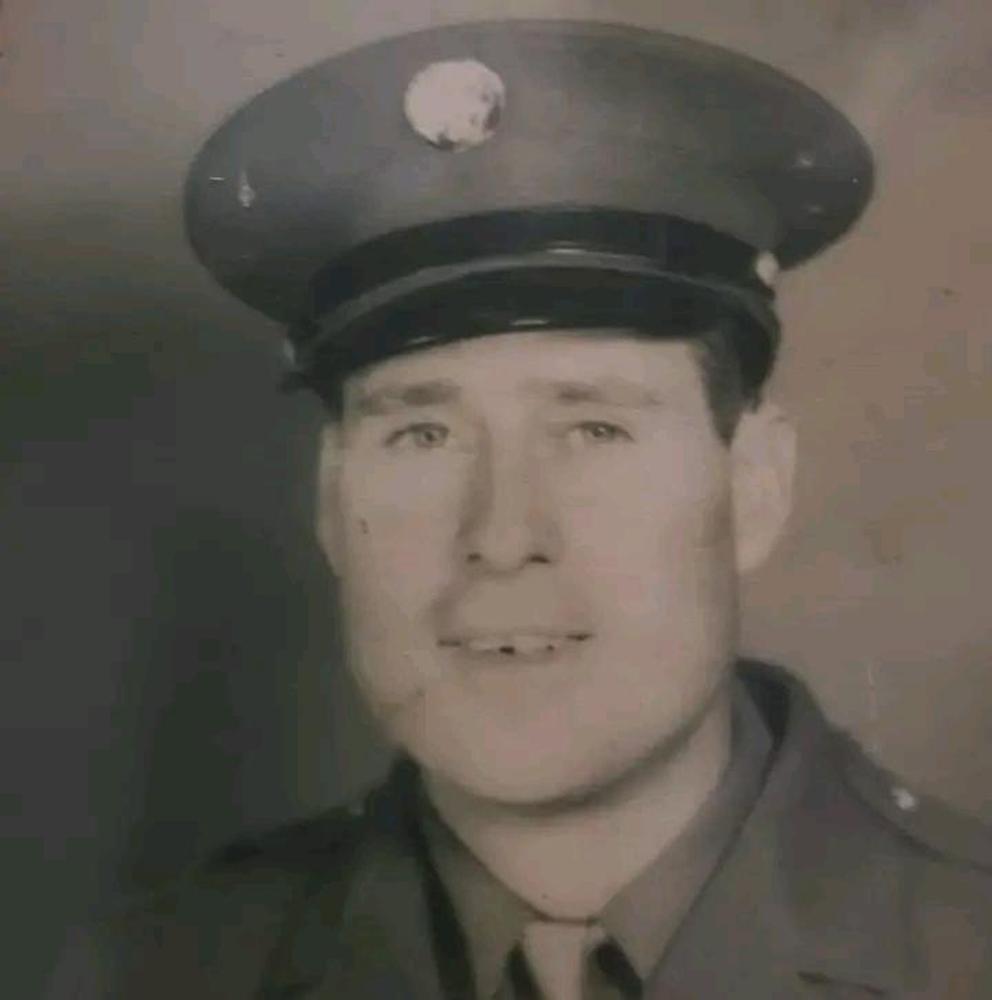
WWI Veterans: The Backbone of WWII Leadership
By the time World War II started, many soldiers who had survived the trenches, gas attacks, and brutal campaigns of WWI still wore their country’s uniforms. Career soldiers who initially fought in WWI continued serving as professional military men well into the late 1930s and throughout WWII.
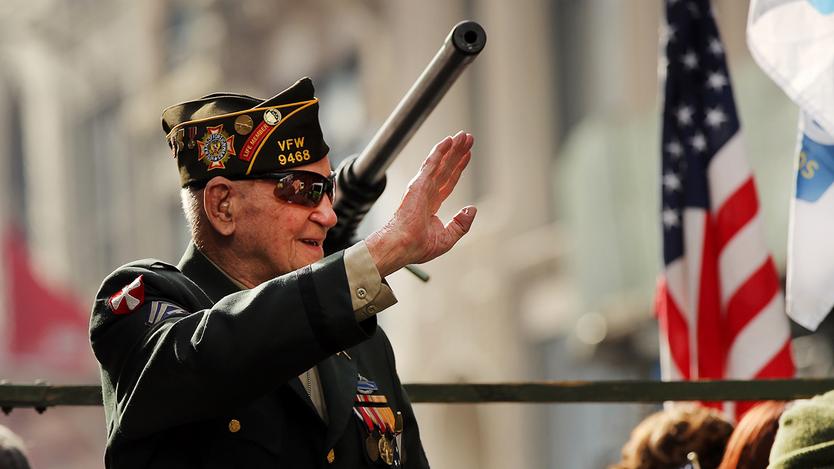
It’s no surprise that most of the great generals you associate with WWII—whether Axis or Allied—had combat experience from the First World War. Senior officers were almost universally veterans of the earlier conflict.
Think about famous military leaders such as:
- Erwin Rommel—a lieutenant in WWI who went on to command the legendary Afrika Korps in WWII.
- George S. Patton—who led tank brigades in WWI and commanded major U.S. forces in WWII.
- Douglas MacArthur—chief of staff during the Rainbow Division in WWI and a 5-star general during WWII.
These men not only survived WWI but took the lessons learned there, transforming their tactics and leadership for a new, mechanized war.
Highlighting Some Star Veterans from Both Sides
| Notable Axis Leaders | WWI Role | WWII Role |
|---|---|---|
| Adolf Hitler | Dispatch runner on Western Front | Führer of Nazi Germany |
| Erwin Rommel | Lieutenant in France, Romania, Italy | Commander of Afrika Korps and Panzer divisions |
| Karl Doenitz | Lieutenant on U-39 submarine, POW | Grand Admiral; Commander of German Navy; Hitler’s successor |
| Notable Allied Leaders | WWI Role | WWII Role |
| George S. Patton | Led 1st Provisional Tank Brigade | Commanded 3rd Army, among others |
| Douglas MacArthur | Chief of staff, 42nd Division | Supreme Commander in Pacific theatre |
| Bernard Montgomery | Junior officer, Royal Warwickshire Regiment | Commander, British Eighth Army and D-Day forces |
It’s cool (and frankly a little impressive) to realize that many men who fought the grueling infantry battles of WWI retooled themselves as tank generals, air commanders, and strategic masterminds by WWII.
How Many WWI Veterans Were There Exactly at WWII’s Onset?
This is where historians throw up their hands a bit. Specific numbers on how many WWI veterans served in the early years of WWII are hard to pin down. Military archives and records often do not segment service members based on prior war participation, especially given the chaotic buildup to the second war.
However, considering the scale, it’s reasonable to estimate thousands on every front. The experience of WWI veterans was in high demand. For many nations, their approach to warfare still leaned heavily on knowledge passed from trench battles and early mechanized engagements.
Overlaps Beyond WWII: Veterans Serving in Multiple Wars
Here’s a fascinating angle: some soldiers served in not only WWI and WWII but also later conflicts like the Korean and Vietnam Wars.
Of the 12.2 million Americans who served in WWII, nearly 1 million also fought in Korea. A smaller group—around 347,000—fought in Vietnam as well. Approximately 291,000 U.S. military personnel served across all three wars (WWII, Korea, Vietnam). While none of these numbers directly count WWI veterans entering WWII, they reveal a tradition of long-standing military careers spanning decades.
This overlapping service illustrates a continuum of armed conflict and committed military careers in the 20th century.
Why Does This Matter?
Understanding that thousands of WWI veterans served in early WWII forces challenges the idea that WWII was fought solely by a “new generation.” The leadership, tactics, and even many frontline soldiers carried the scars, memories, and experience of the earlier war.
Mapping this continuity helps us appreciate the evolution of warfare and military leadership. It also adds a human layer—soldiers seasoned by one world war facing the horrors anew a generation later.
So next time you read about Rommel’s blitzkrieg, MacArthur’s island-hopping, or Patton’s armored charges, remember: many such commanders cut their teeth in the mud of WWI. They weren’t just fighting WWII; they were veterans who had already survived one global catastrophe.
Final Thoughts
While an exact figure for WWI veterans who served at the start of WWII remains elusive, the evidence of their widespread presence is overwhelming. These individuals bridged the epochal gap between two of history’s deadliest conflicts.
Want to explore this more? Look into biographies of your favorite WWII generals. You’ll likely find their WWI tales just as gripping as their WWII exploits.
Remember, history isn’t just game-changing battles; it’s also about the people who lived through them—sometimes twice.
